Crossovers past and present: 10 notable drivers who made the switch between F1 and IndyCar (Part 1)

With F1-turned-IndyCar drivers Romain Grosjean and Marcus Ericsson making recent impact on the IndyCar circuit (and Colton Herta’s 2022 F1 testing deal with McLaren, a strong signal that F1 may be in his future), the inevitable comparisons between Formula 1 and IndyCar cars and drivers have once again returned to the fore.
With this in mind, we at AutoRacingDigest.com thought it would be a great time to take a look at 10 notable drivers who made the switch between Formula 1 and IndyCar and see how well they fared after crossing over (and in some cases back).
This list, of course, isn’t designed to be about whether one discipline is harder or better than the other, but instead is presented as an agnostic look for you to make your own opinion. (This is what the comments are for, right?)
One important caveat here for purposes of this list, we aren’t considering F1 drivers who crossed over to IndyCar for just a single or handful of starts (most notably the many F1 drivers who have competed solely in the Indianapolis 500 - sorry Fernando Alonso, Jackie Stewart and Graham HIll).
We’re breaking this story into two parts. The first one runs today, while the second part will run next week.
Here’s the first 5 in our list (in no particular order):
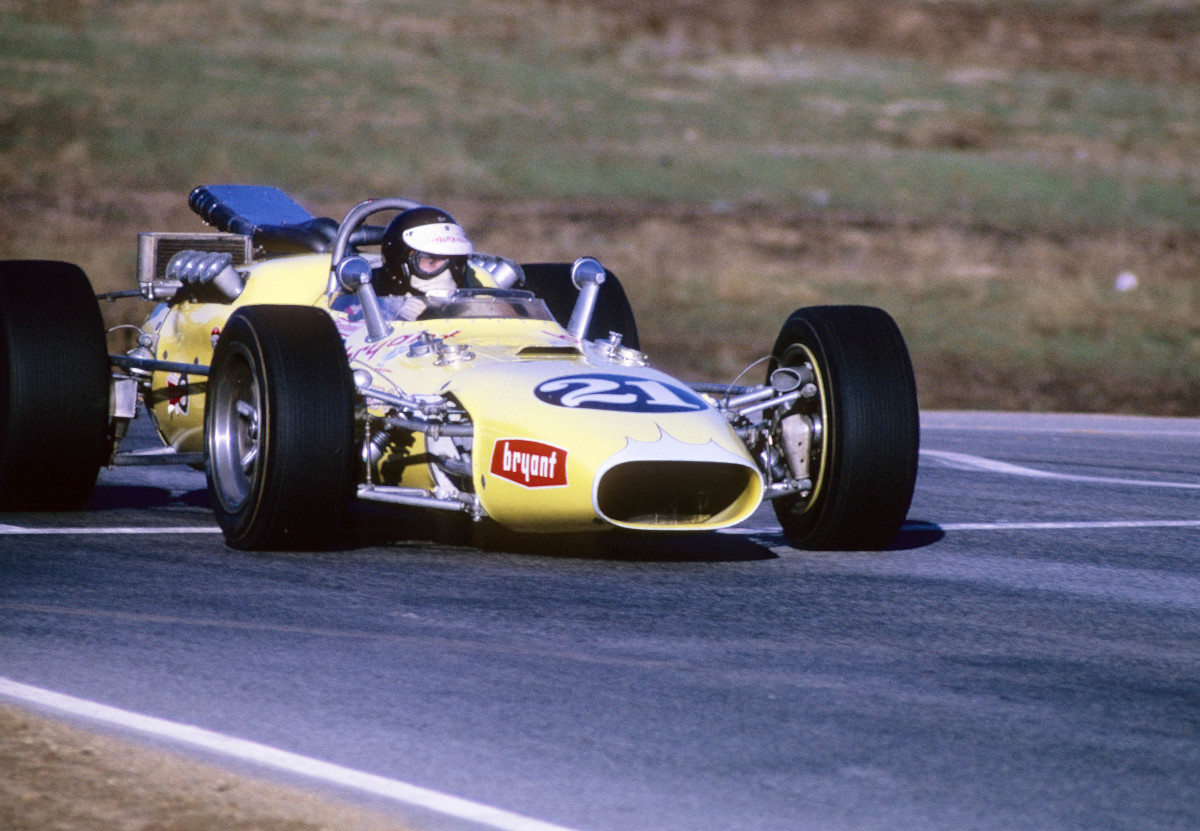
Formula 1: 72 starts, 25 wins, 32 podiums, 255 career points, 33 pole positions, 2 World Drivers’ Championships (1963 and 1965)
USAC: 9 starts, 2 wins, 3 pole positions, 1965 Indy 500 winner
Jim Clark was one of the best Formula One drivers to ever compete in the sport. Had he not lost his life in a tragic F2 crash in 1968, who knows how many more races and championships he may have won in F1 or IndyCar. In fact, when he was killed, he was the winningest F1 driver of all-time.
He deserves mention here because he competed at three different IndyCar tracks (Indianapolis, Trenton and Milwaukee) and won races at two of them. In addition to his 1965 Indianapolis 500 triumph, Clark won a race at Milwaukee in August 1963, where he sat on the pole and won leading every single lap. He also finished second in the 1964 Indianapolis 500, 3rd at the 24 Hours of LeMans in 1961 and even made a NASCAR start in 1967.
He could drive anything, and his talent is due deep recognition to this day.
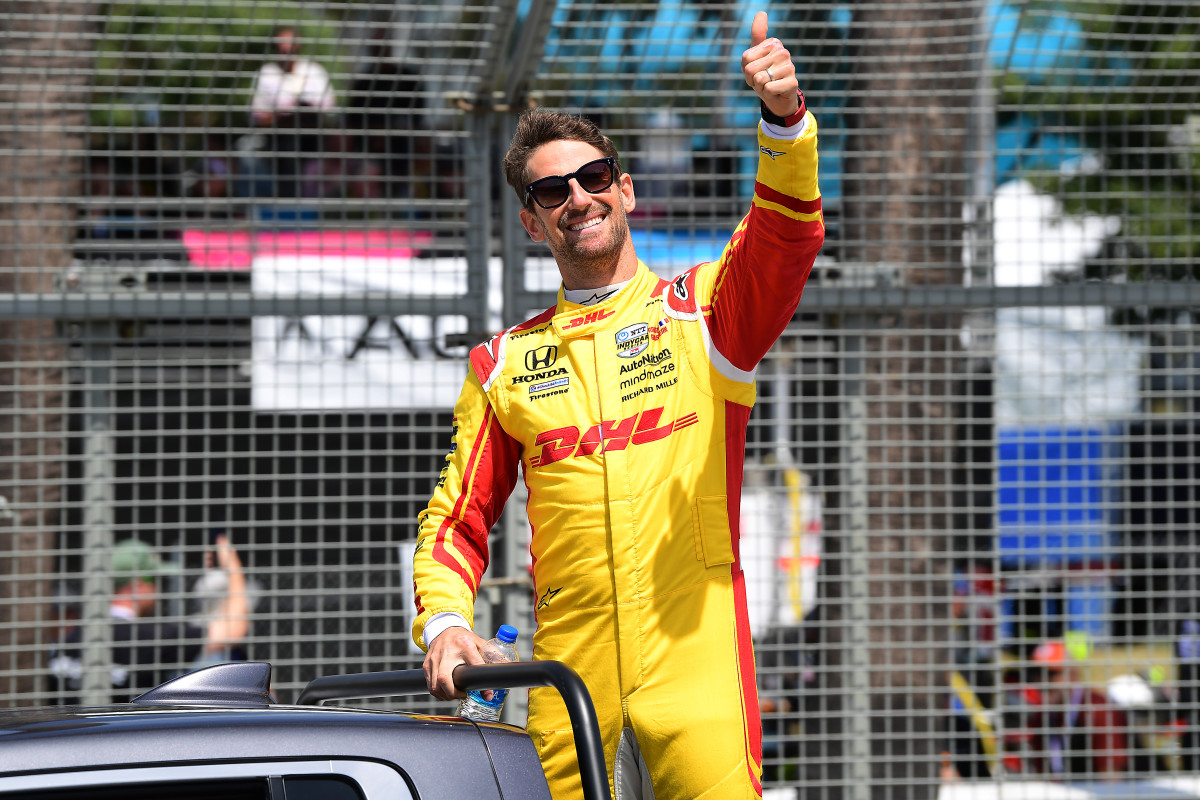
F1: 179 races, 10 podiums, 391 career points (best race finish 2nd)
IndyCar (to date): 16 starts, 4 podiums, 1 pole position
Romain Grosjean was a GP2 World Champion in 2011, and when he moved to Formula One, he ultimately earned 10 podiums in 179 starts with Renault, Lotus, and Haas, but did not take a victory, with a runner-up being his best place, matching his IndyCar best thus far (including Sunday’s race at Long Beach).
His F1 career was also known for controversy and drama with his teammates. It seemed for a time that he would be best known for an unfortunate safety car crash in Baku in 2018 that inspired the “Ericsson Hit Me” meme (his team engineer proffered that his single car shunt was inspired by Marcus Ericsson, who was nowhere near him at the time of the crash).
But his place in sports history was cemented by Grosjean’s simply miraculous survival from a death-defying crash at Bahrain in 2020, in what became his last F1 start.
Here’s hoping Grosjean’s IndyCar career ends up in a much better place.
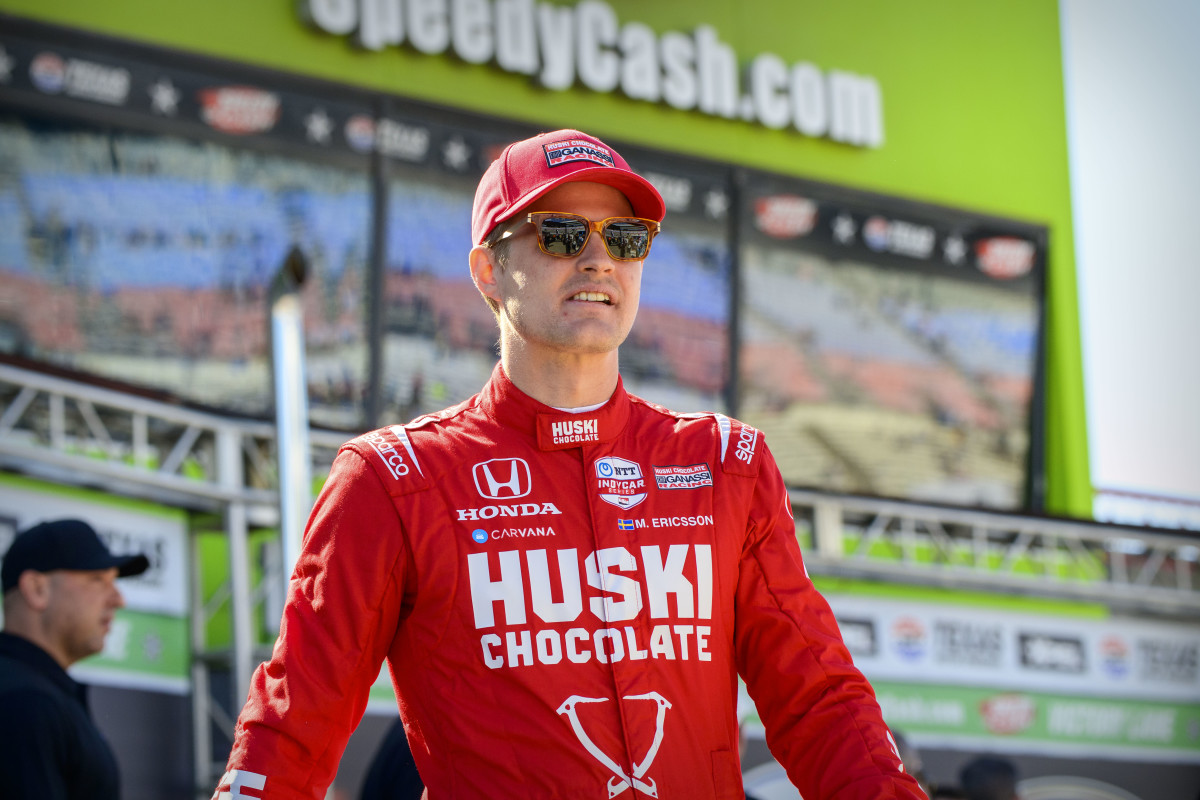
Formula 1: 97 starts, 0 podiums, 18 career points (best finish 8th)
IndyCar (to date): 49 races, 2 wins, 5 podiums
Ericsson, a GP2 series race winner, never had a shot to show his full potential in Formula 1, struggling at the back of the field with Caterham and Sauber/Alfa Romeo for six seasons. Besides the “Erickson Hit Me” meme we mentioned in the previous segment about Grosjean, Ericsson was probably best known for a horrific crash during practice for the Italian Grand Prix at Imola in 2018 in which he emerged with minor injuries.
For 2019, Ericsson switched to IndyCar and would end up with powerhouse Chip Ganassi Racing in 2020. He managed to win 2 races in 2021, with his Detroit win his first victory of any kind since 2013.
He continues to be a threat at the front of the field week-to-week, and his name should definitely be in the title contender conversation this season.
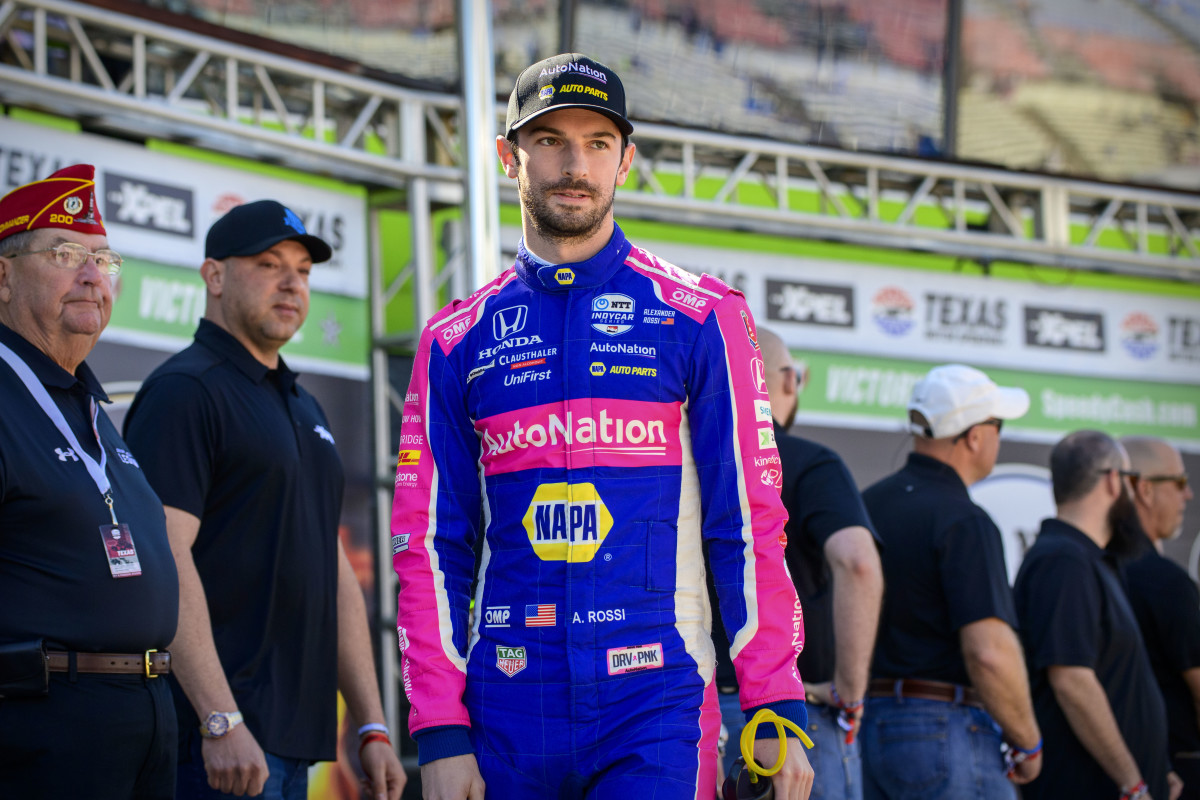
Formula 1: 5 starts, 0 career points (best finish 12th)
IndyCar (to date): 100 races, 7 wins, 2016 Indianapolis 500 Winner, 2nd in 2018 IndyCar Championship
One of the most highly-touted Americans to recently work up the European open-wheel ranks, Rossi’s F1 career stalled out after five performances with poorly-funded Manor Marussia. He punched above his weight with a 12th-place finish in the United States Grand Prix in 2015, becoming the first American driver in F1 in eight years.
His switch to IndyCar in 2016 was tentative at first, but a surprise win in that year’s 100th Running of the Indianapolis 500 in his just sixth career IndyCar start, followed by six more wins from 2017 through 2019 have proved that Rossi made the right move when he made IndyCar his fulltime home.
While his team has struggled in recent years, Rossi’s full potential remains untapped and he’s still a major threat to win on race days, especially at Indy (where he followed up his win with a 2nd in 2019). And he has no plans to return to Formula 1 any time soon.
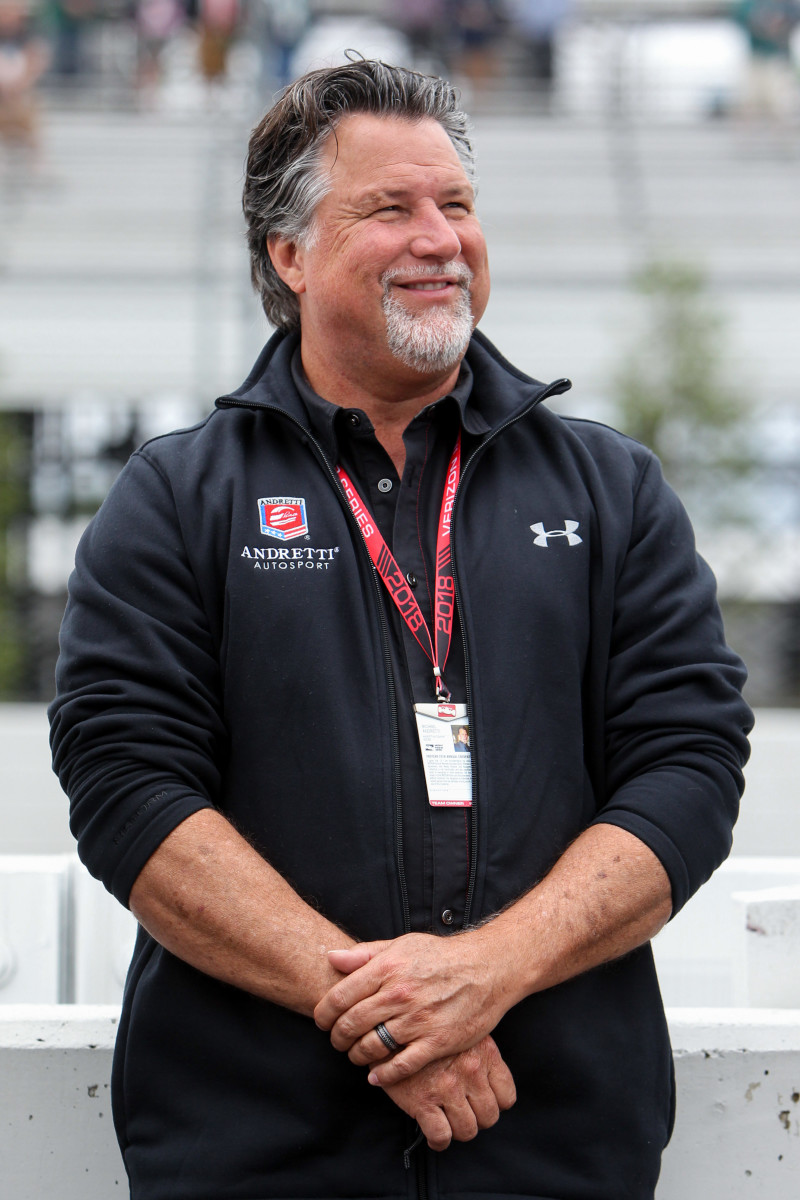
Formula 1: 13 starts, 1 podium, 7 career points (best race finish 3rd)
CART/USAC Champ Car: 42 wins, 320 starts, 1 CART Championship (1991)
Michael Andretti’s position on this list comes from the combination of his wildly successful CART career before moving to Formula 1 and the potential of what might have been.
Andretti won 42 total races in the CART series (27 of those coming before his F1 detour) and the 1991 CART championship. His talent and pedigree as son of 1978 World Champion, Mario Andretti (who we will talk more about in next week’s second installment), would lead to a drive during the 1993 Formula 1 Season for McLaren. All of the ingredients for crossover success seemed to be there, but it just wasn’t meant to be.
The younger Andretti would ultimately make just 13 F1 starts in a challenging year (1993), his lone season in the global series, where seemingly everything possible that could go wrong did go wrong for him. You name it, Andretti experienced it: including teammate drama, engine drama, an underdeveloped car, limited testing time, and the political pressure of future World Champion (and much lower salaried at the time) Mika Hakkinen waiting in the wings.
After learning he would not be retained for 1994, Andretti ended his career in F1 with a podium at Monza, returned to CART, and would ultimately win 15 more races before retiring to a successful stint as an IndyCar team owner with 5 Indianapolis 500 wins – although ironically, Andretti never won the Greatest Spectacle In Racing himself as a driver – (and potentially a F1 team owner too, where speculation has Colton Herta potentially being one of his drivers).
*****************************************************************
Look for Part 2 later next week, where we’ll present five other of the best crossover drivers, and maybe even some honorable mentions you may not have thought about!
Follow Matthew Knell on Twitter @MatthewKnell
